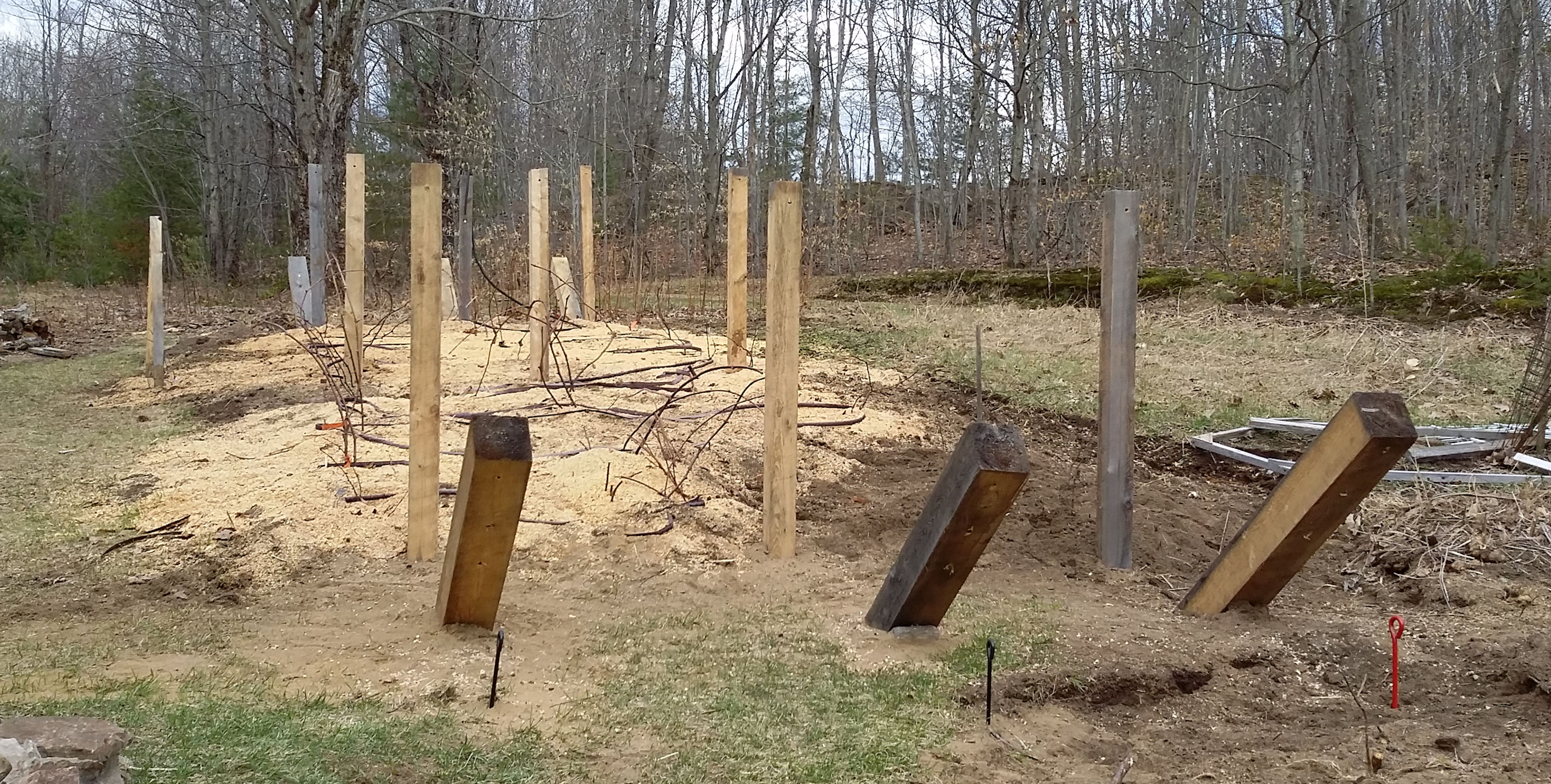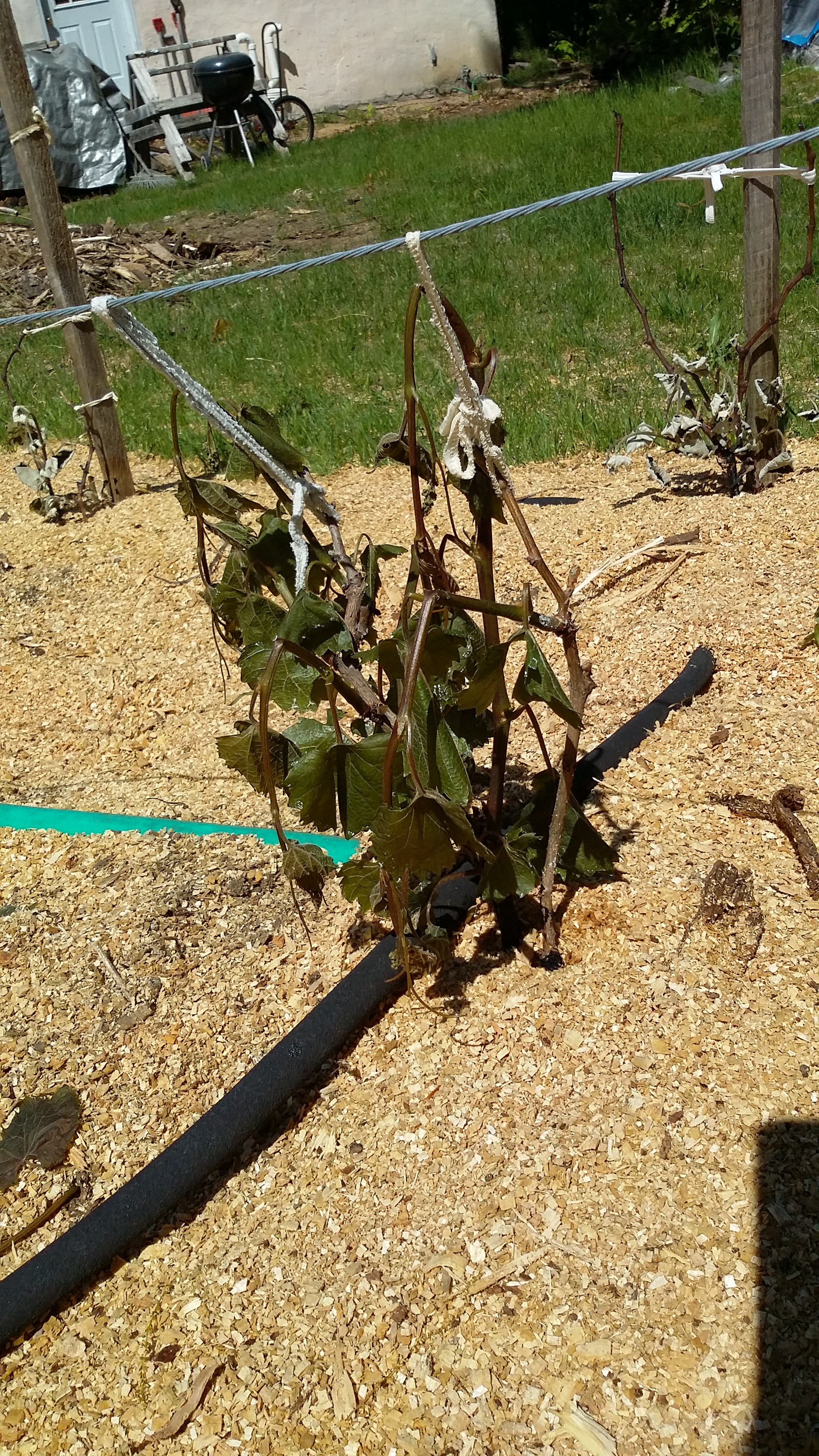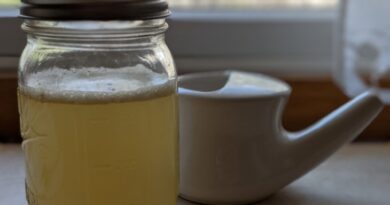Northern Wine Grape Vineyard: Part 2
By Mary G. Holland
May 4, 2015
Second Vineyard: Success!
(This is a continuation of the previous post on growing an organic Northern Wine Grape Vineyard in a harsh northern climate.)
I chose to transplant to a second vineyard at the side of the area where I’d been preparing the soil better, and was closer to the house where it could be managed more easily, next to the main vegetable garden. I prepared two rows of 10 grapes each, about 3-4 feet apart. I didn’t think this spacing was a problem given how stunted the vines were.
By the second spring, only five Marquette grapes (including three propagated vines,) one each of Leon Millot, Foch, Frontenac, and De Chaunac survived the transplant. By then these were about 5-6 years old, so at least that part of my initial experiment was sound, but the vines were weak.
The first two years in the second (current) location, I added compost and amendments to the top 2-3 inches. I kept the weeds out very well, so the ground was pretty bare throughout the year. The plants seemed very stressed, and although they grew better than in Dirt Island, never really grew well. They died back very badly during the winter. The winters never were very hard but there was always a cold snap that dropped in late January to around -20 to -25.
Serendipity – It’s All About Insulation
I noticed mid summer the second year that a couple vines that were nearest the garden, where I’d thrown some trash dried up quack grass as mulch, were growing with the most vigor. I wasn’t sure if this was because they were nearer the compost bin, or not, so I added some dried weed mulch to some Marquettes at the top of the row. Sure enough, they perked up.
It occurred to me that maybe the problem was that the very sandy soil wouldn’t hold nutrients or water, and also transmitted both heat and cold. The ground was so hot during summer that I couldn’t walk barefoot. The opposite was true probably to the roots during winter. So what if I just top dressed with sawdust? A local nurseryman did that with all of his perennials and trees and has been very successful, though his soil is better.
That fall I brought in about three $10 pickup truck loads of sawdust chips, and spread it thickly to 6″. The spring of the third year, I added more.
The results were almost instantaneous. The vines burst into growth. They must have been developing some strong root systems while trying to survive. With the added insulation, the soil remained cool and moist all summer and insulated in winter. Summer growth was strong, and winter die back was maybe to 1/3 of the previous summer’s growth.
One year later, the sawdust had started turning into compost where it met the soil. So I added another fall and spring load, although only about 3″ each time, maintaining about 6″ total depth.
By the second spring of mulching (2014) the vines were much healthier. They did die back some but only to 50-60%. This enabled them to develop actual trunks.
I pruned to the preferred northern (risk reducing) two-trunk system, topping them off at about 6 nodes or around 2′ high. Unfortunately there was bad rodent damage the second mulching winter. So last fall I tried something new. I wrapped the trunks after frost with strips of soft landscaping cloth, from the ground to past where I wanted them to be trimmed. I didn’t prune last fall.
This spring, before the sap rose, and as soon as the frost was starting to drop a few inches into the sawdust, I unwrapped the vines. They were healthier than I’ve ever seen them – no winter drying or frost damage, no rodent damage, no fungus. Whoo hoo!! Looks like we’re starting spring 2015 stronger than we’ve ever been! In addition, a bunch of my layered cuttings took, so I have some propagated La Crescents.
They’ve grown in the new vineyard for about 4-5 years now, with three full years of mulching. I’ve actually had a few grape clusters the past two years. Two years ago the Marquettes produced a huge load of grapes but got hit with a fungus infection (as did my and most other gardens throughout northern NY state.) I didn’t have time then to keep up with it, so the crop was lost.
High Hopes
What I can say from tasting the few grapes I’ve plucked, is that all of the grapes have an interesting, and different but simple, straightforward flavor and aroma profiles. No difference as it leaves the palate. But the Marquette is clearly an order of magnitude more complex. Tons of different flavors, aromas, that changes front to back on the tongue and nose. And berries on the same cluster have different flavors. Can’t wait to see what sort of wine this produces. The Marquette ripens in early to mid September. If left too long, the flavor turns bland.
At this point about 2/3 of my 32-34 vines are red varieties (mostly Marquette), with the balance in La Crescent.
I’ve been treating with grub-attacking nematodes and bacteria for the past three years and the Japanese beetles and Rose Chafers are more under control. I’ve only had problems with deer once in this new vineyard. Allowing our German Shepherds to stroll through helps a great deal.
So I am hoping that this year, with careful management, and putting in this arbor, I’ll actually be able to produce my first batches of red and white wines.
Crossing my fingers. I’ll report back as things progress.




